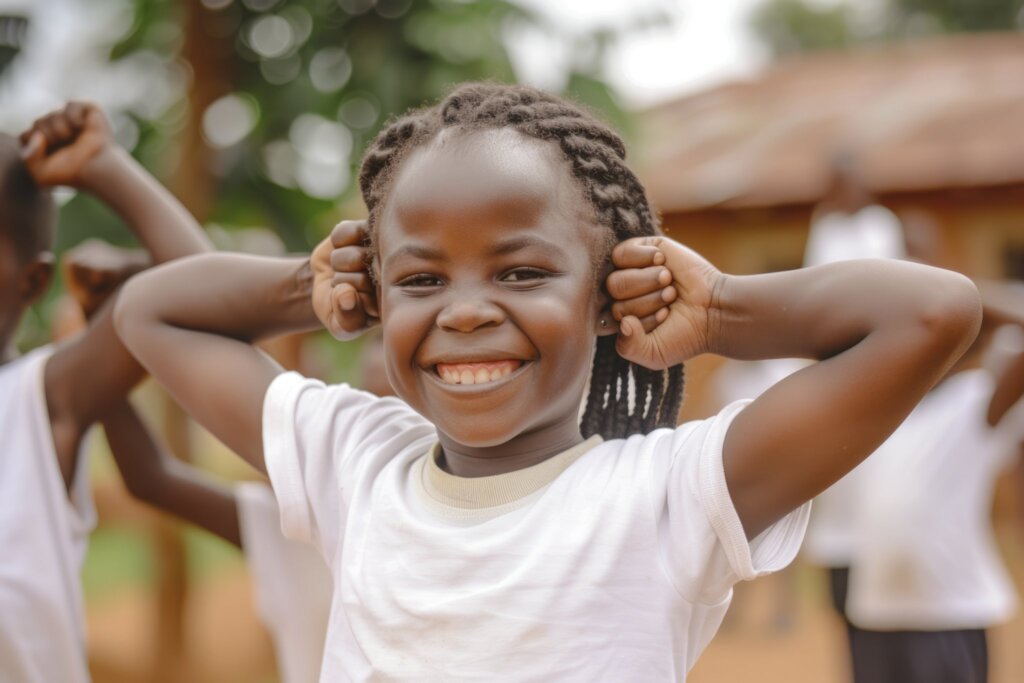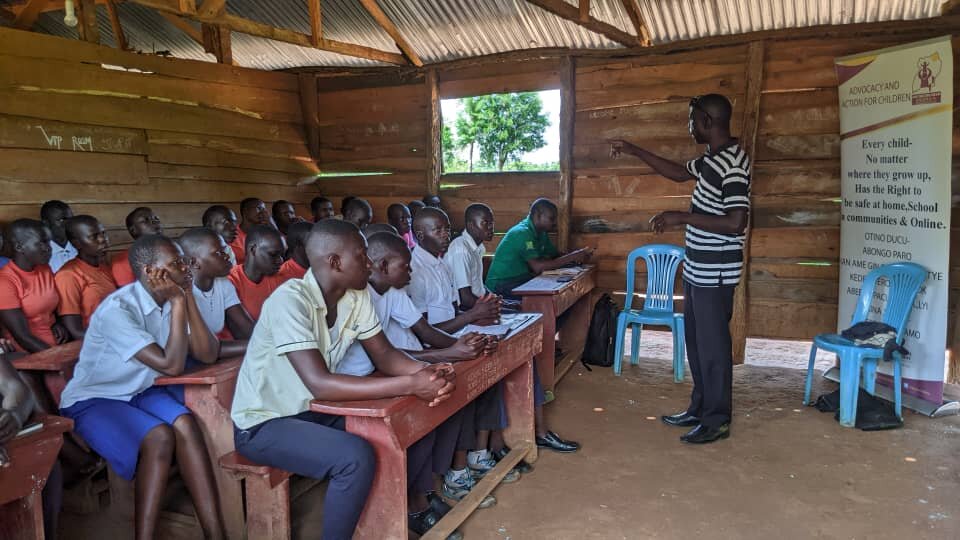By Atim Racheal | Fundraiser
Climate change is reshaping the lives of children across the globe, with vulnerable communities in Uganda bearing a significant brunt. Joy for Children Uganda is at the forefront of addressing the challenges faced by children in climate-affected areas, providing critical support and innovative solutions to enhance their resilience. This report outlines our efforts, highlights our achievements, and calls for continued donor support to expand our impact.
Uganda's children are facing unmatched challenges due to climate change. Extreme weather events, such as floods and droughts, have disrupted their education, health, and overall well-being. Joy for Children Uganda is dedicated to mitigating these impacts through targeted interventions that ensure children in these regions have access to education, healthcare, and sustainable livelihoods.
Climate change has significantly disrupted the education of children in Uganda. Floods and droughts have destroyed schools, displaced families, and hindered children's ability to attend classes regularly. This disruption has long-term effects on their educational outcomes and future opportunities. Additionally, climate-related events have increased the incidence of waterborne diseases, malnutrition, and other health issues among children. Limited access to clean water and healthcare exacerbates these problems. The uncertainty and instability caused by climate change contribute to heightened stress and anxiety among children, affecting their mental health and development.
Joy for Children Uganda adopts a different approach to support children in climate-affected areas. We provide educational materials, and establish temporary learning spaces to ensure continuity of education during crises. We conduct health camps, distribute clean water and sanitation facilities, and offer nutrition programs to combat malnutrition and prevent diseases. Our trained counselors provide psychosocial support to children and their families, helping them cope with the trauma and stress caused by climate change. We work closely with local communities to develop sustainable practices, such as climate-smart agriculture, that improve their resilience and reduce vulnerability to climate impacts.
In the past year, we have equipped schools with educational materials in flood-prone areas, benefiting children. We have offered nutritional support, our counselors have provided support to children, helping them recover from the psychological impacts of climate disasters.
Despite our successes, we face ongoing challenges that require sustained support. Limited financial resources hinder our ability to scale up interventions and reach more children in need. Continuous climate events cause recurrent damage to infrastructure, necessitating ongoing rebuilding efforts. Some communities are hesitant to adopt new practices, requiring extensive awareness and engagement efforts.
To continue making a meaningful impact, we seek your support in expanding educational programs, rebuilding more schools, and providing educational materials to ensure all children have access to quality education. Resources are needed to conduct more health camps, distribute nutritional supplements, and improve water and sanitation facilities. We aim to train more counselors and establish community support centers to address the mental health needs of children. Implementing climate-smart agriculture and other sustainable practices will enhance community resilience.
Children in climate-affected areas need our collective efforts more than ever. Your generous support can help us expand our initiatives and bring hope to thousands of children facing the harsh realities of climate change. Together, we can build a brighter, more resilient future for Uganda's most vulnerable children.
We extend our deepest gratitude to our donors for their unwavering support. Your contributions are making a tangible difference in the lives of children in climate-affected areas. We look forward to your continued partnership in this critical mission.
By Atim Racheal | Fundraiser
By Atim Racheal | Fundraiser
Project reports on GlobalGiving are posted directly to globalgiving.org by Project Leaders as they are completed, generally every 3-4 months. To protect the integrity of these documents, GlobalGiving does not alter them; therefore you may find some language or formatting issues.
If you donate to this project or have donated to this project, you can receive an email when this project posts a report. You can also subscribe for reports without donating.
Support this important cause by creating a personalized fundraising page.
Start a Fundraiser
